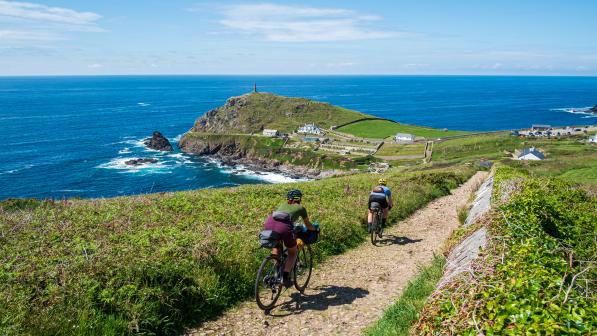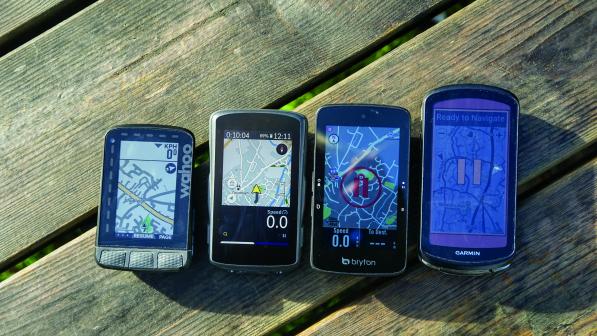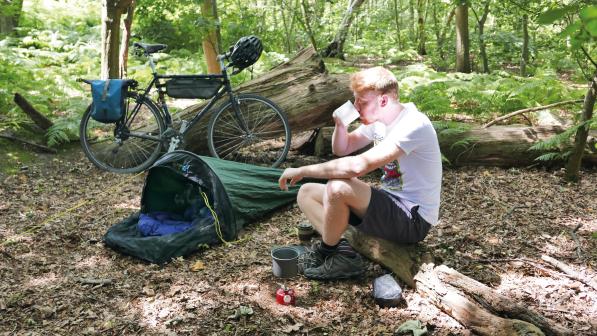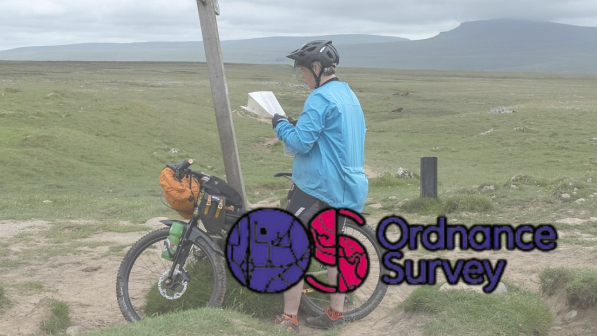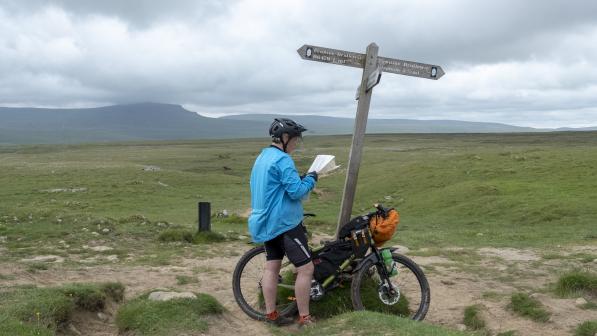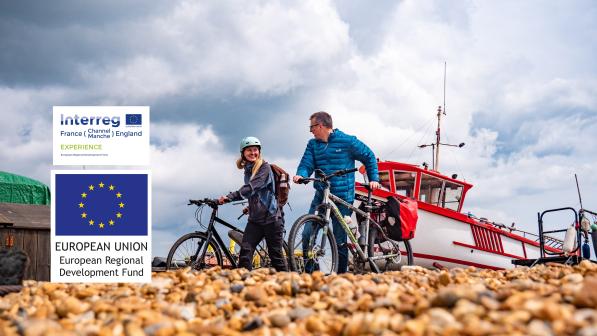How to plan an off-road cycle route
Inspiration
A good place to start is looking for inspiration for where you’d like to ride.
Perhaps you’ve seen some gorgeous gravel riding in the New Forest, you’ve set a goal to ride some Peak District road climbs or you’d like to take on your first bikepacking trip.
Inspiration doesn’t have to be too grand either. Perhaps you’d like to plan more accessible adventures exploring your local area.
No matter where you’d like to ride, the fundamentals of route planning are the same.
Choose a route, plan your own or adapt
When planning your route, you can either start from scratch and come up with something of your own, or follow an established route, such as Cycling UK’s Cornwall-based West Kernow Way.
There’s a third option too: you can take an existing route and adapt it to make it more suitable for you. For example, changing the start and finishing points or selecting a portion of a longer route to make into a day ride. You could even combine two or more routes to make something more challenging.
For less confident route planners, using pre-made routes is a good starting point, as you shouldn’t come across any surprises when it comes to terrain type or access issues. This is especially important if you’re riding somewhere you’re not familiar.
Plus, you can usually find lots of practical information from other riders on travel and where to eat and stay, such as on Cycling UK’s West Kernow Way Facebook group.
Key metrics for planning
There are a few key numbers you’ll need to keep in mind when planning your route: distance, climbing and duration.
Remember that 50km in Norfolk is not the same as 50km in Cornwall – both the amount of climbing and the gradients will have a big impact on both how long it takes and how tiring it will be.
While it is possible to work this out with paper maps for yourself, using digital route planners such as Komoot, Strava or RideWithGPS can make route planning a whole lot easier.
You’ll also need to bear in mind the kind of terrain you’d like to ride. Opt for bridleways, byways and forest roads if you’d rather take things off road, but remember that it’ll probably take a little longer than on tarmac.
How will you navigate?
How you’ll navigate along your route will have some bearing on what kind of route you might be best following.
If you want to keep things super easy, then following a waymarked National Cycle Route is a good idea.
For more original routes, you can either use a paper map or opt for on-the-go digital navigation on your phone or a cycling computer.
Start, finish points and emergency exits
If you’re not riding from home, have a think about where to start and finish. It could be a train station for environmentally friendly travel, or finishing somewhere you can get a good meal.
While they’re much less common than you might think, accidents do happen, so it’s a good idea to bear in mind where your emergency exit points are along your route, especially if you’re heading somewhere more remote.
These could be a local train station or a way to get to a nearby main road for assistance.
Points of interest
Unless you’ve got a saddlebag packed full of sandwiches and your own coffee brewing kit, you’re likely to want to stop along your route to refuel. Check out Cycling UK’s Cyclists Welcome for cycle friendly places you can stop at along your route.
Make sure you think about this in the planning stages, including one or more café or shop options along the way and – importantly – checking opening times.
Besides food and drink, the best cycle routes feature a number of points of interest, whether that’s historical sites, expansive viewpoints, swim spots or bird hides. Plan to suit what you enjoy.
